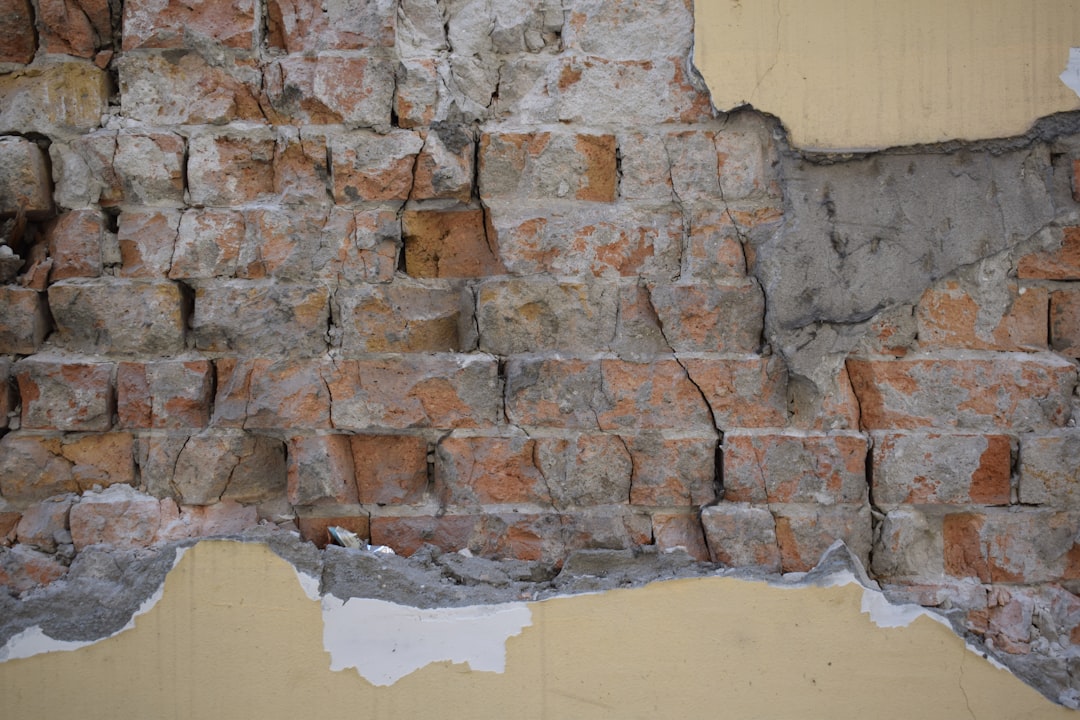Retaining Wall Restoration: Protecting Your Property, Preserving Your Investment
A failing retaining wall is more than a cosmetic issue—it threatens soil stability, landscaping, and even the structural integrity of nearby patios, pools, or foundations. When cracks widen and blocks tilt, homeowners often assume full replacement is the only option. CountBricks offers a smarter path: expert Retaining Wall Restoration that renews strength, extends service life, and minimizes disruption. Pairing AI-generated takeoffs with skilled craftsmanship, our process eliminates guesswork and keeps residential projects on budget.
Common Signs Your Retaining Wall Needs Attention
- Bowing or leaning segments that worsen after heavy rain
- Stair-step cracks in masonry or continuous fissures in poured concrete
- Bulging soil or water seepage behind the wall
- Efflorescence or spalling indicating moisture infiltration
- Settling footings causing uneven courses or gaps
CountBricks’ AI-Driven Approach to Accurate Estimates
Homeowners dread hidden costs. CountBricks removes the uncertainty by capturing real-time voice notes on site and instantly converting them into itemized estimates. While our project manager walks the wall, CountBricks software pulls:
- Current local pricing for concrete, geogrid, tie-backs, and drainage aggregate
- Labor rates matched to required specialty trades
- Task durations based on slope angle, wall height, and access constraints
An interactive estimate appears in minutes, complete with optional upgrades such as decorative veneer or LED step lighting. Homeowners can approve, adjust, or request phasing—right from a smartphone.
Materials and Methods We Recommend
- Segmental retaining wall blocks with integrated pin systems for flexible reinforcement
- Steel helical tie-backs to correct forward lean without full demolition
- Perforated PVC drainpipe wrapped in non-woven fabric to channel groundwater
- High-flow geotextile to separate soil from drainage gravel
- Polymer-modified mortar for crack stitching on poured concrete walls
Step-by-Step Restoration Process
- Digital Assessment: Schedule a 3D scan or blueprint upload to define exact wall geometry.
- Stabilization: Crews install temporary bracing and relieve hydrostatic pressure with strategic core drilling.
- Demolition Selectivity: Only compromised courses are removed, protecting sound sections and saving material costs.
- Structural Reinforcement: Tie-backs or geogrid are anchored into compacted soil, restoring lateral resistance.
- Drainage Upgrade: Weep holes, gravel backfill, and drainpipe reduce water loads that cause most failures.
- Surface Restoration: New blocks, composite caps, or textured overlays seamlessly match existing finishes.
- Final Inspection & AI-Based Report: Clients receive a digital closeout with photos, strength test results, and maintenance tips.
Cost Factors and Budgeting Tips
Project size is only one variable. CountBricks software analyzes several others:
- Soil type: Clay soils require heavier drainage assemblies
- Access: Narrow side yards increase labor hours
- Height: Walls over four feet trigger additional engineering and permits
- Aesthetics: Natural-stone façades add material cost but boost property value
To control spending, ask our team to model multiple scenarios—repair versus partial rebuild, basic concrete versus decorative block—within the same proposal. Transparent side-by-side comparisons help you prioritize what matters most.
Case Study: Hillside Home in Bakersfield
A 60-foot CMU wall built in the early 1990s had bowed outward nearly four inches. Replacing the entire structure would have exceeded $40,000 and destroyed mature landscaping. CountBricks scanned original blueprints, designed helical tie-back reinforcement, and rebuilt only the failed center section. The wall was leveled, waterproofed, and capped with slate fascia for $22,600—a 44% savings. The owner signed the estimate on site, and our crews completed work in six days.
Why Homeowners Choose CountBricks
- AI-powered estimates delivered in hours, not days
- Licensed crews specializing exclusively in residential work
- Minimal demolition methods that protect landscaping investments
- Live project tracking through the CountBricks client portal
- Five-year workmanship warranty on all restoration projects
Ready to Restore Your Retaining Wall?
Whether you have a modest garden wall or a multi-terrace hillside, CountBricks brings precision engineering and innovative technology to every residential Retaining Wall Restoration. Schedule your free digital assessment at CountBricks.com and reclaim the safety and beauty of your outdoor space.
Maintaining Your Restored Retaining Wall: Expert Advice from CountBricks
A restored wall will last decades—if it is maintained. Neglect drainage or let roots creep into joints, and the cycle of failure starts again. Follow these best practices to protect your investment.
Seasonal Maintenance Checklist
- Spring: Clear drain outlets and inspect for winter frost heave. Light pressure-wash to remove salt residue.
- Summer: Check irrigation systems to ensure sprinklers are not saturating soil behind the wall.
- Fall: Trim shrubs or tree roots encroaching on the structure. Confirm capstones remain firmly bonded.
- Winter: Monitor freeze-thaw zones for new cracks. Place sandbags if runoff redirects toward the wall.
Landscape Design Tips that Extend Wall Life
- Choose drought-resistant plants with shallow roots for upper terraces.
- Install perforated edging at grade to channel surface water toward drains.
- Use mulch instead of heavy topsoil against the wall to reduce lateral pressure.
When to Call CountBricks for a Tune-Up
- Drainage Performance Drops: Standing water at weep holes signals clogged aggregate.
- New Hairline Cracks Appear: Early injection is far cheaper than structural stitching.
- Soil Settlement Exceeds ½ Inch: We’ll re-compact backfill and reset caps under warranty.
Every CountBricks Retaining Wall Restoration comes with a digital maintenance schedule accessible at CountBricks.com. Enable push notifications, and our system will remind you when seasonal checks are due and suggest proactive services. Staying ahead of minor issues preserves structural integrity, prevents expensive future repairs, and safeguards property value. For questions or to book an inspection, reach out anytime through CountBricks.com.

